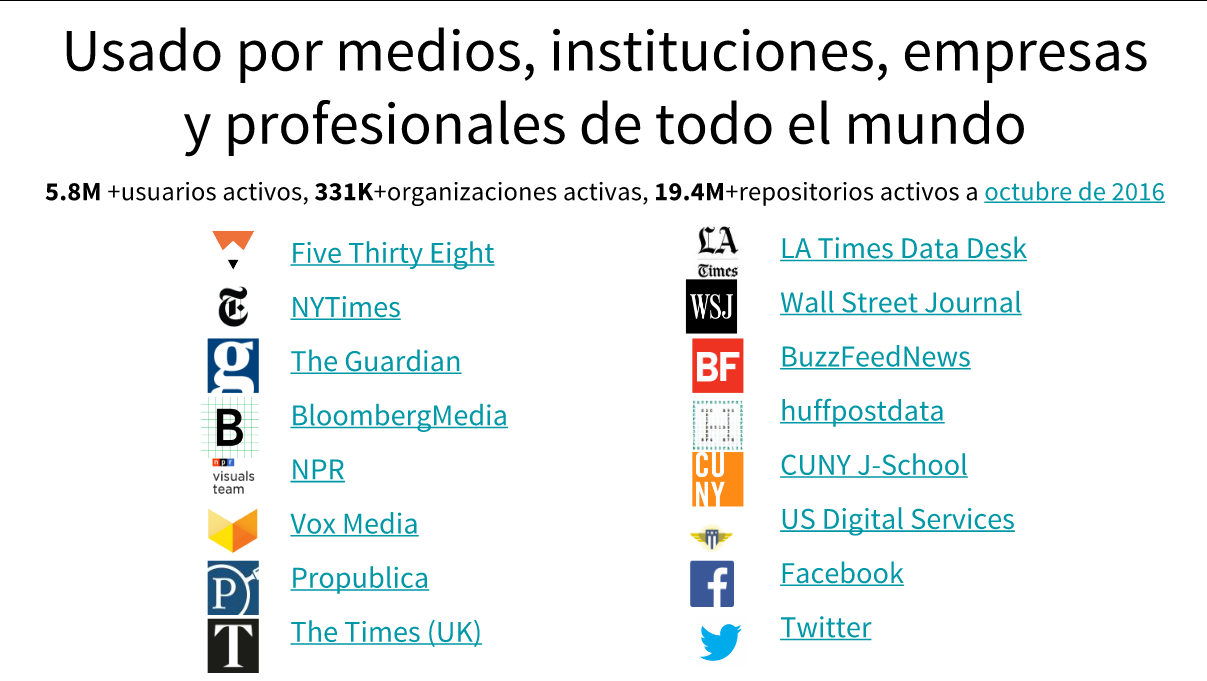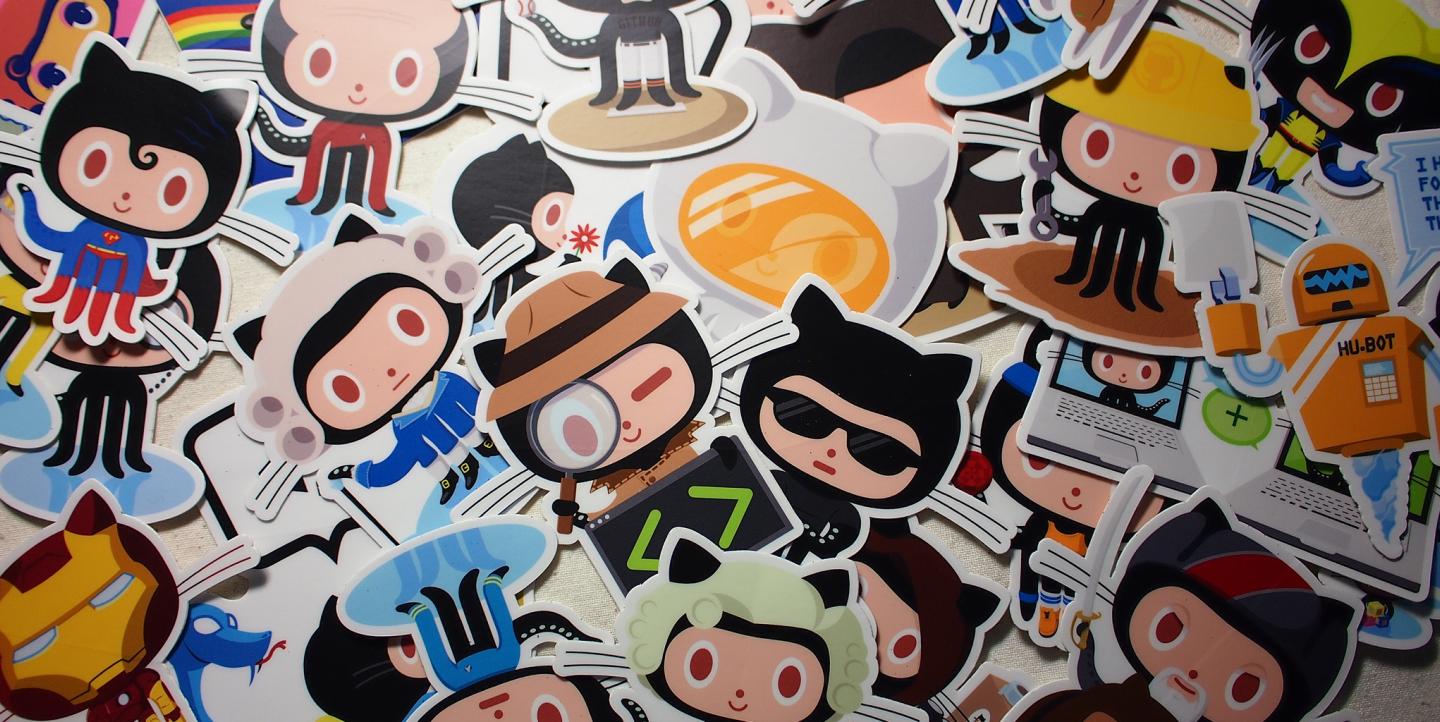Journalists may already be familiar with tools like Dropbox and Google Drive to easily share documents or large video and audio files with their peers. But those who are only just starting to explore how they can use code to enhance their web journalism will find a plethora of resources at GitHub, best described as “the equivalent to Dropbox for coding, data and web projects.”
So says a new, free guide on GitHub for Spanish-speaking journalists, written by former ICFJ Knight Fellow Miguel Paz, the founder of Poderopedia and a professor at City University of New York (CUNY)’s graduate school of journalism (elsewhere on the web, there are beginners’ GitHub guides available in English and Portuguese).
“[GitHub] lets you maintain a version of your projects on your computer and another on [the Github servers], to synchronize all the changes on your project. That way if you make a mistake you can go back,” Paz’s guide explains.
The guide, originally produced by Paz for his students, is meant to familiarize students and media professionals with a tool that makes it easier to produce collaborative digital projects. Asides from the PDF version, Paz has released slides that contain examples and exercises. Users will learn how to create their own repositories, how to copy projects, how to work on GitHub Desktop, how to “fork” (that is, taking the source code from an existing project and changing it without affecting the original), and more.
GitHub is used by institutions, businesses and professionals across the globe, including media organizations. This compilation shows how various publications and journalists have used open source code to produce stories.

Paz's slideshow includes several examples of the organizations using GitHub today.
IJNet spoke with Paz about how journalists can make use of GitHub in their work.
IJNet: Why is GitHub a resource that journalists should use?
Paz: If you’re a journalist and you’re working on digital projects with other journalists, designers and programmers, it’s a very useful system for collaborating, coordinating and tracking everything in the project… There’s some terms and uses that might seem weird at first, but you can understand them soon enough.
How has Poderopedia used GitHub?
We use it to run Poderopedia’s production and web development process, and for all the projects we’ve done.
Are Latin American news organizations growing more accustomed to using GitHub?
I don’t have a general registry of examples, but since media web developers need to [track changes in their computer files] and use Git to do so, it’s logical that programmers for digital media will use GitHub or Bitbucket or GitLab or another version control system to do so. I’ve worked on projects with El Nuevo Día of Puerto Rico, Animal Político of México, Chequeado of Argentina, ElMostrador of Chile, Hacks/Hackers and others where Git and GitHub are used.
What do you think is the biggest challenge when it comes to teaching journalists coding basics?
The learning process begins when a journalist realizes she needs to know something to do her job better. There are a few things that a teacher needs to be able to answer right off the bat: what is this tool? Why should I learn how to use it? What examples can you show me so that I can understand the value this tool brings to my work? What are we going to learn? How long is it going to take to learn it? You can’t make the mistake of teaching someone who just isn’t interested.
Chilean journalist Miguel Paz is a former ICFJ Knight Fellow and the founder and CEO of Poderopedia. Learn more about his work as an ICFJ Knight Fellow here.
Main image CC-licensed by Flickr via othree.


